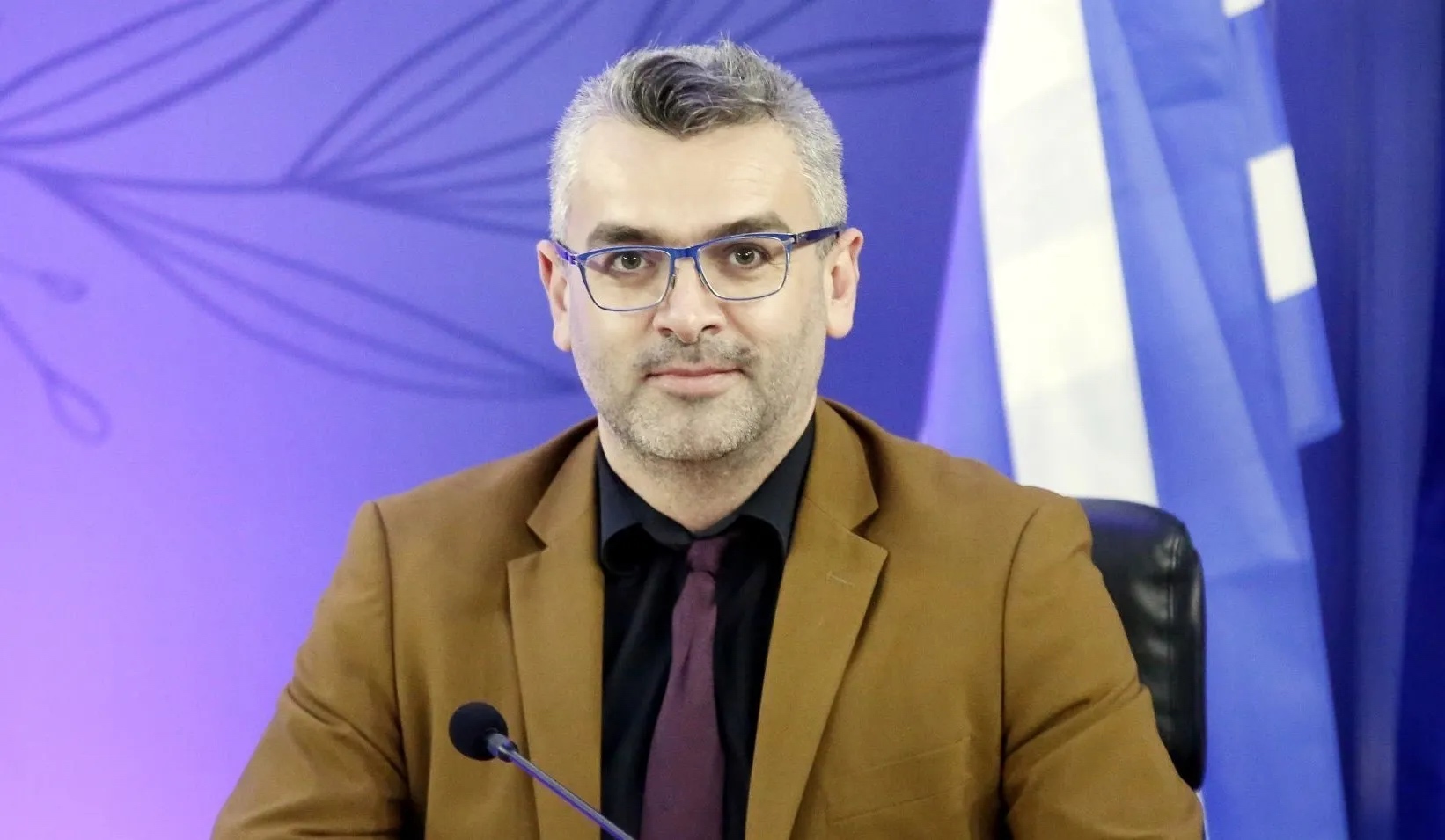
Consumers will have different options for pricing electricity from the new year, and from next month, supply companies should be ready to announce their new offers.
Many prices and tariffs in … three colors and companies with different trade policies will cross their swords demanding consumer preference. The consumer will have a lot of work to do just to compare companies’ offers.
Great attention must be paid to green, i.e. floating, bills because they have a trap… with or without a clause, they will be the same floating green color, but with different prices and different risks, as bills with a clause will be cheaper, but with the risk of additional costs.
Because even today, every 20th of the month, we learn the different prices of companies on the same tariff, changing with prior announcement (ex ante). While he will now have to compare different colors and definition categories. The big difference will be that, until today, it was easy to know what was the cheapest, in the next tariffs that will come into effect from 2024, the subsequent tariffs will be the cheapest, which will have an amendment clause, will have the same green color as the others without the clause. , but the actual final cost may increase if the item is activated.
It will be the cheapest ever on a kilowatt-hour basis, but will carry the risk of overcharging if the price of energy rises in the wholesale market.
Why is the item returned – should I pick it up?
The new set of tariffs will offer a fixed tariff, that is, with an electricity price that will not change depending on the fluctuation of the wholesale price, and two types of floating tariffs, with a clause and without a clause.
It should be noted that until the end of 2023, the extraordinary measures taken to deal with the energy crisis remain in force, and in this context the readjustment clause has been frozen which has now been unfrozen and the tariffs are offered with the clause as an option. As for the question of whether one should choose it, the answer is: What is his opinion on the energy crisis? Will we see prices rise again? If he thinks we will never see them again, and now we will have price stability, let him choose that. But if he believes there is a risk of seeing energy prices jump again this winter… then this provision will create more costs. This time no one will be able to ask her or say that she doesn’t know…
This clause is the mechanism by which an additional cost is added to the initial cost of kilowatt-hours per contract, based on a formula if the price of energy on the wholesale market rises. In this way, the risks of rising prices are transferred to the consumer.
For this reason, this tariff will be the cheapest ever. But it won’t be cheap if energy prices rise.
A fixed tariff would be the most expensive because it would guarantee a fixed price throughout the year, and the average tariff would probably be a floating upfront tariff, with prices updated in advance, such as those in place now.
Context of new contracts – transition to new contracts
the RAAEF announced the new contract framework Which will be implemented from the new year on the market, which brings back the adjustment requirement and will have mandatory color markings (green, blue, orange) to stand out in the eyes of the consumer.
Each Provider must, as directed by the Regulator, inform the Customer either in print or electronically New billing data He must approve or disapprove, with reference to the transfer of the new invoice. If he does not respond within 30 days in writing, he will be deemed to have accepted the change. It is also necessary to proceed with the conclusion of a new contract if he chooses another tariff and If it does not, it will be switched to a universal service that collects consumers with unpaid bills, with a 5% tariff increase.
But now, anyone who chooses the tariffs with the amendment clause will not be able to dispute the costs they will then incur.
According to RAAEF classification, Many new contracts are highlighted in blue, will include fixed-term pricing products. For a floating tariff where the price is determined by wholesale indicators with an announcement before its application (at the beginning of the month) or in accounting two months later, The mark will be green. This category also includes mixed invoices which will have fixed and variable rates and will be announced either on the first day of each month or at the beginning of the third month of the application period.
Finally, there is a third category With orange markingswhich will include floating duty tariffs that reflect price variation in spot delivery markets (even with daily changes) and target consumers who have a smart meter installed.

“Avid problem solver. Extreme social media junkie. Beer buff. Coffee guru. Internet geek. Travel ninja.”





More Stories
“Recycling – Changing the water heater”: the possibility of paying the financing to the institution once or partially
Libya: US General Meets Haftar Amid Tensions Between Governments
New tax exemption package and incentives for business and corporate mergers..